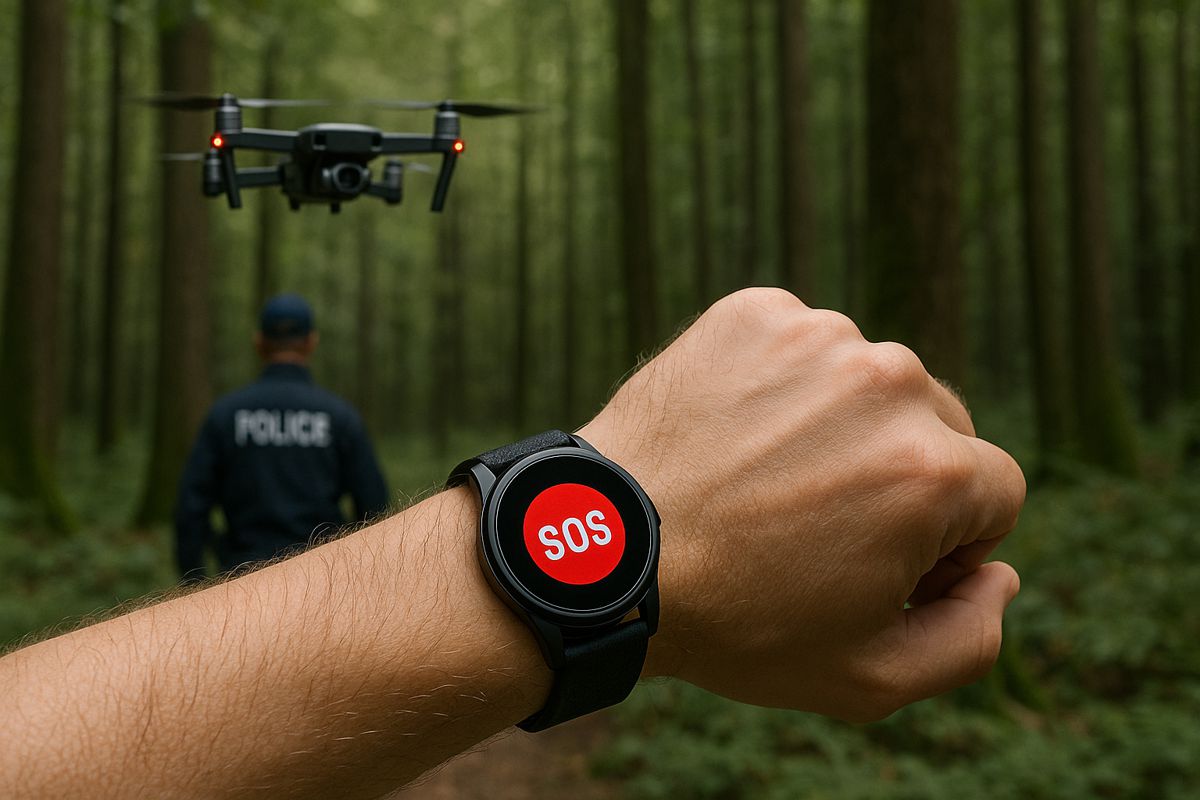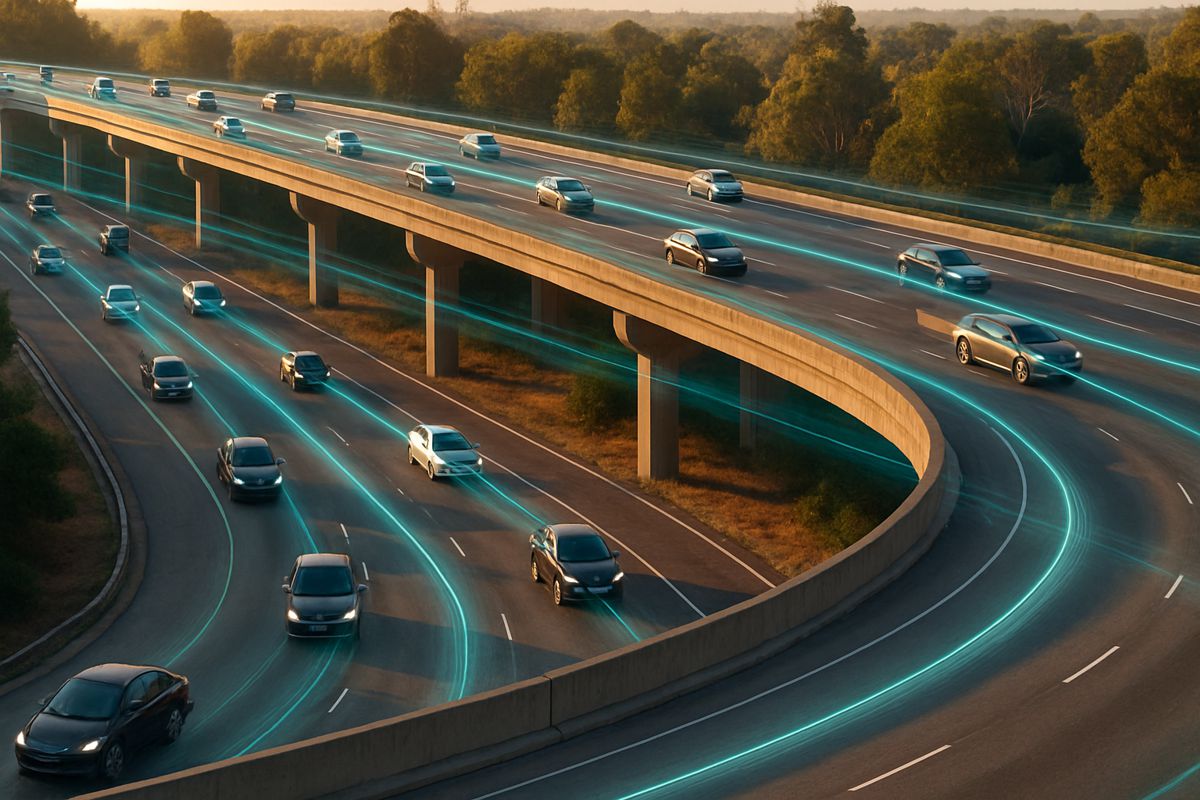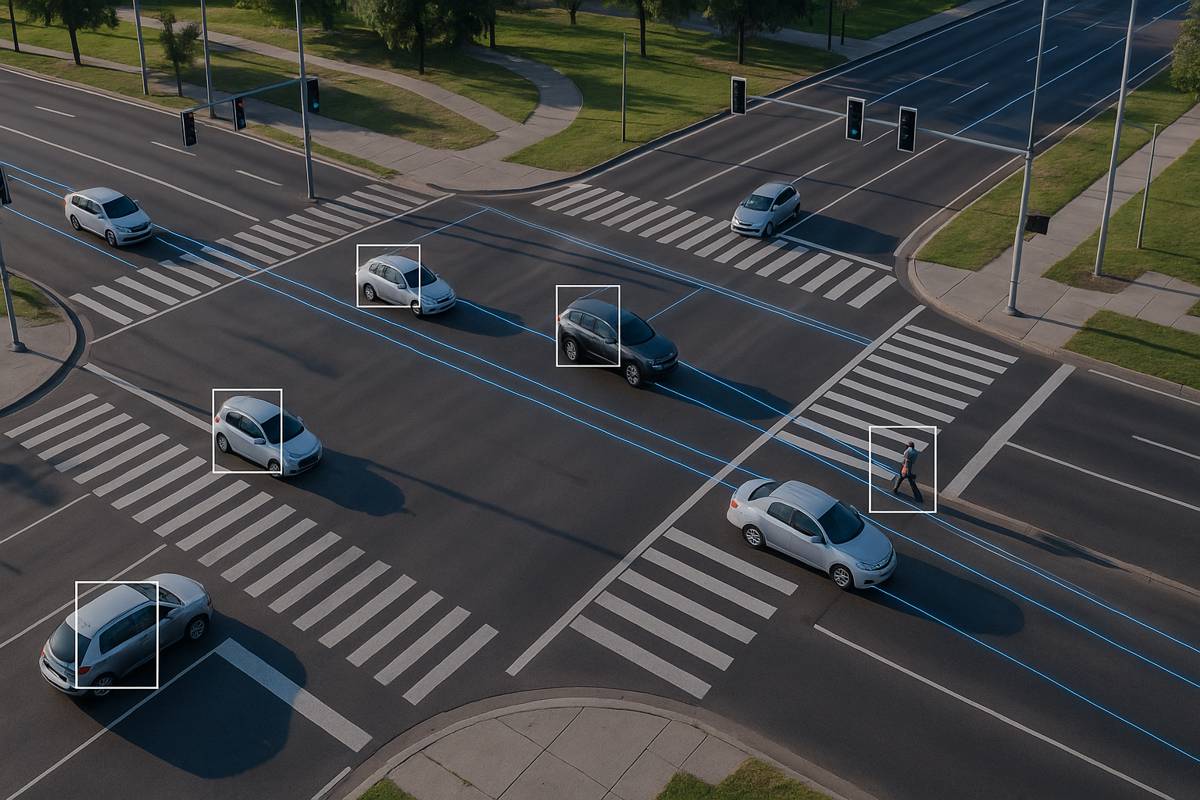AI Platform to Revolutionise Personal Safety in South Korea
People living under protective orders are set to gain a powerful ally in personal security with the launch of the AI Platform for Personal Safety (APPS), developed by the Electronics and Telecommunications Research Institute (ETRI). Designed to overcome the shortfalls of conventional emergency systems, APPS integrates AI-powered detection, hybrid positioning, and drone-assisted search to deliver real-time protection and rapid response.
The technology automatically identifies potential threats, sends SOS alerts, and provides precise 3D location data, even in challenging environments where GPS signals often falter. It marks a major step forward in Korea’s efforts to protect victims of stalking and domestic violence.
Tackling the Shortcomings of GPS-based Systems
Under Korea’s Anti-Stalking Act, restraining orders legally require offenders to maintain a minimum distance, such as 100 metres, from their victims. However, existing GPS-based tracking tools are prone to errors ranging from 100 to 500 metres, particularly in underground, indoor, or urban settings. This margin of error often makes it difficult for authorities to verify breaches accurately.
Moreover, traditional devices depend on users manually activating SOS alerts, which is not always possible in dangerous situations. These limitations have made enforcement unreliable, exposing vulnerable individuals to significant risks.
Smarter Solutions for Critical Situations
Recognising these challenges, ETRI’s researchers developed a three-tiered AI platform that merges advanced technologies for real-time monitoring, precision location tracking, and autonomous drone support. The core components are:
- AI-powered Threat Recognition
- AI-driven Hybrid Positioning
- AI-enabled Drone Search
Together, these systems form a robust safety network capable of identifying emergencies, verifying restraining order violations, and guiding rapid intervention — even in complex terrain or urban canyons.
AI-powered Threat Recognition
The personal safety smartwatch, issued to individuals under police protection, continuously monitors biometric and motion data via heart rate and inertial sensors. An AI model analyses this data to detect irregularities such as elevated heart rate, erratic movement, or signs of distress. When danger is detected, the device autonomously issues an SOS alert.
Instead of relying on GPS distance calculations, the system employs multi-signal similarity analysis, which enhances accuracy even in indoor environments where direct satellite visibility is blocked. Trained on over 10,000 behavioural samples, the model has achieved over 90% accuracy in recognising anomalies and automatically initiating SOS responses.
AI-powered Hybrid/Multi-source Positioning
When an alert is triggered, APPS estimates the user’s location through a fusion of cellular, satellite, and short-range signals. In addition to data from the carrier network, it integrates AI-inferred neighbouring 4G/5G cells — known as AI-pseudo cells — to boost accuracy by up to three times compared with standard GPS.
By combining GNSS, Wi-Fi, BLE, and barometric data, the system achieves horizontal precision within 30 metres and vertical precision within 3 metres, even in multi-storey buildings or underground structures. This capability allows responders to identify not only a victim’s position but also their floor level.
The platform has already undergone successful field trials in Incheon, Daejeon, and Busan, confirming its ability to maintain accuracy and reliability in diverse environments.
AI-powered Drone Search
When a victim’s location falls in a difficult-to-reach area such as a mountain, riverbank, or forest, the system deploys AI-guided drones to assist police. These drones emit Wi-Fi or BLE signals through directional antennas, while the smartwatch scans nearby signals and transmits the data via 4G or 5G.
Using reinforcement learning algorithms, the drone calculates the optimal flight path for rapid localisation. Enhanced with EO/IR camera integration, this approach merges visual and wireless data to pinpoint victims more effectively, even in low-visibility or obstructed areas.
Field tests at local police stations demonstrated that drone-assisted searches significantly reduced rescue times and lowered the burden on officers compared with traditional ground-based operations.
Expanding into Public and Private Sectors
The initial rollout of APPS will focus on police emergency systems, with plans to expand to the disaster safety network, Ministry of Justice electronic monitoring systems, and private-sector applications. ETRI envisions the platform as a foundation for a broader public safety ecosystem that bridges government services and commercial innovation.
Beyond crime prevention, the core technologies — such as AI-pseudo cell positioning and threat recognition algorithms — have strong potential in sectors like healthcare, smart cities, and logistics, enabling applications from elderly care monitoring to asset tracking.
Privacy and Ethics at the Core
ETRI designed APPS with strict privacy safeguards. The system minimises sensitive data collection by using anonymised signal data instead of precise location coordinates. All transmitted data is encrypted and managed under Korea’s Personal Information Protection Act, ensuring compliance with national standards for ethical technology deployment.
ETRI spokespersons emphasised the institute’s commitment to human rights, saying: “Our aim is to protect lives while maintaining the highest ethical standards. The APPS platform shows how AI can serve society responsibly and securely.”
Building a Safer Digital Future
The Protection Technology for Socially Vulnerable Individuals Programme, funded by the Korean National Police Agency (KNPA), supports the initiative under the project Development of an Integrated Control Platform for Location Tracking of Crime Victims based on Low-Power Hybrid Positioning and Proximity Search Technology (Project No. RS-2023-00236101).
Since its establishment in 1976, ETRI has been instrumental in positioning Korea as a global technology leader. The institute’s decades of innovation — from telecommunications breakthroughs to AI and IoT — continue to drive public safety advancements. APPS stands as a testament to how cutting-edge research can be harnessed for human protection and societal benefit.
An ETRI representative commented: “We’re creating a scalable model that can extend protection beyond individuals under police surveillance to anyone at risk — ensuring technology serves humanity first.”
A Step Towards Safer Societies
ETRI’s APPS represents a paradigm shift in emergency response and public safety management. By merging AI-driven analytics with hybrid positioning and autonomous drones, the platform bridges the gap between prevention and rapid intervention. It also sets a precedent for how governments and private enterprises can collaborate on ethical, AI-powered solutions that protect lives and reinforce trust in technology.
As Korea leads this transformation, APPS may soon inspire similar safety ecosystems across the world — offering not just protection, but peace of mind in an increasingly unpredictable world.




















